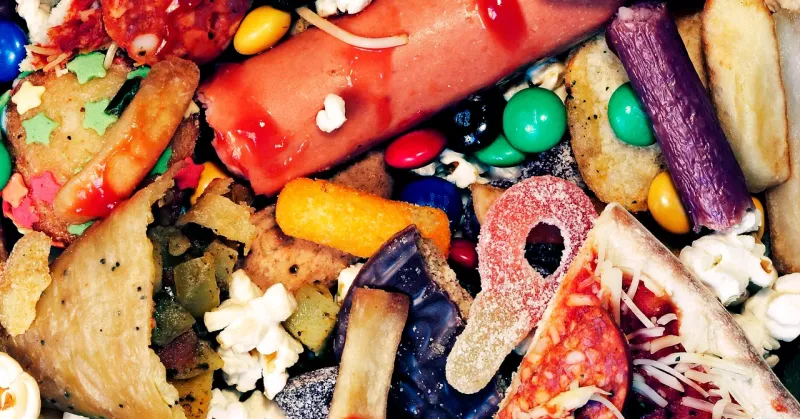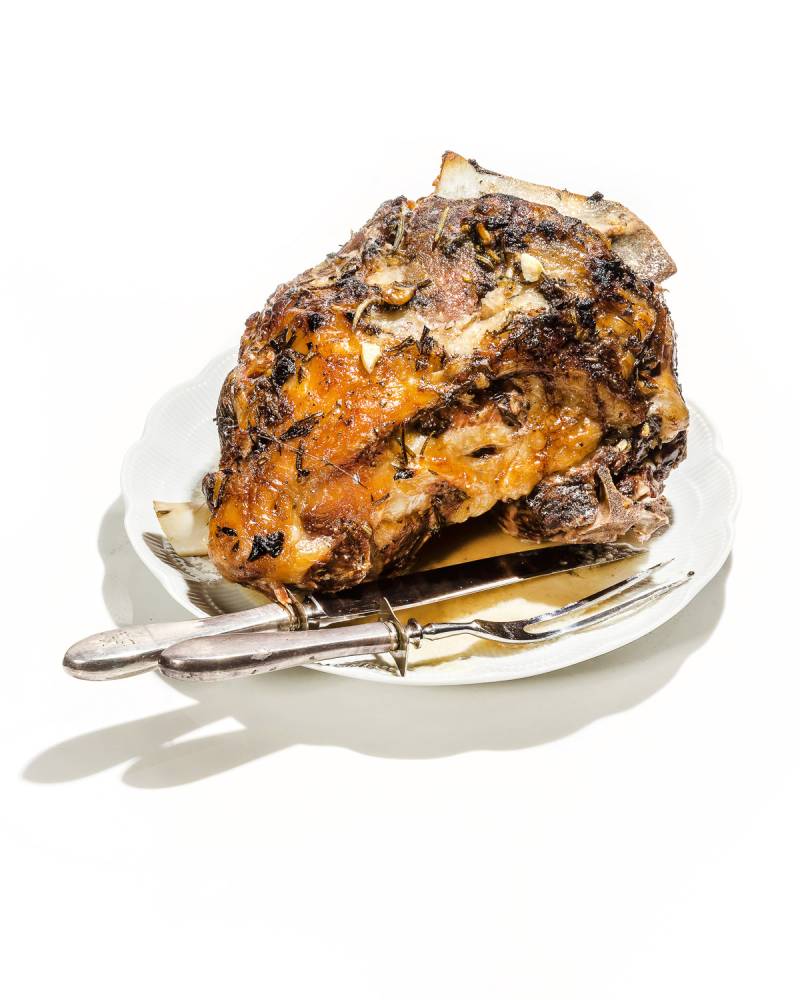When faced with food insecurity, studies show that people gravitate toward cheap, energy-dense meals that are bad for their health.
EVERY MONTH, DOZENS of children step through the door of Rakhee Shah’s clinic at Chelsea and Westminster Hospital in London. Often, they and their parents come to her for help with a condition such as autism. Shah notices that many of the children happen to be overweight or obese. She tries to raise the subject sensitively, knowing that it is children from the poorest catchment areas who are most likely to be affected.
Junk food is cheaper, a parent might say. It keeps their child fuller for longer. Yet the parents know that such a diet is problematic. “It’s really sad,” says Shah. “Feeding your child is a very fundamental parental instinct, you can see that it’s really having an impact on them. They’re almost feeling like a failure.”
Around the world, the cost of living has risen sharply over the past year. Energy prices have rocketed, and food has been getting more and more expensive. Price rises are notable even across budget food items in supermarkets. In the United Kingdom, these soaring costs mean that it is harder for parents and guardians to provide regular, healthy meals, says Shah. The pandemic had already taken a toll. “They’re struggling even more now,” she says. Families in Canada, the US, and many other countries are likely to feel similar pressures as the cost of living crisis takes hold more widely.
To many, it might seem counterintuitive that being poor, or not having an abundant supply of food, can cause obesity. But infrequent, low-quality meals can amplify a person’s weight. And obesity at a young age makes for a rocky start to life. Childhood obesity significantly raises one’s chances of living with obesity as an adult and is associated with heart disease, liver disease, and poor mental health outcomes at all ages, to name just a few implications. Obesity is just one of many potentially long-term problems associated with food insecurity.
Ultimately, it is a reflection of inequality. Children in deprived areas in the UK are around twice as likely to be living with obesity as their well-off counterparts. In the US, rates of obesity in children from high-income households are half what they are in children from middle- and low-income families.
For a rudimentary analogy of this situation, look to Sturnus vulgaris, the common starling, says Daniel Nettle, professor of behavioral science at Newcastle University in the UK. Studies in the 1990s examined how these birds responded to food insecurity in experimental settings. In social groups, dominant starlings with easy access to food regularly ate what they needed and remained relatively lean. But the subordinates, which had intermittent access to food, tended to compensate by overeating whenever they could, which made them heavier than the dominants. They then had to pay the cost of being heavy, says Nettle. “It’s bad; you fly less well.”
Nettle has studied the consequences of food insecurity in humans as well as in starlings and suggests that the birds’ behavior mirrors what happens in our own society. “When I present my research, people are just incredulous,” he says. They can’t believe that food insecurity makes people put on weight.
It is partly because people gravitate toward cheap, energy-dense food in times of crisis that we see this effect, Nettle says. This is different from a famine situation (where people have such little access to food that they waste away) but remains a hugely problematic and potentially deadly predicament.
But it’s not just that people eat excessive amounts of calories when they can in order to store fat and survive hungry periods—known as the insurance hypothesis. They also appear to change their behavior and physiological processes to reduce the number of calories they burn, says Nettle. This tends to happen at a subconscious level, he adds: “You slow everything down. You become less physically active.”
In other words, people are forced into a situation in which it is simultaneously easy to put on weight and particularly difficult to lose it again.
Unfortunately, the cost-of-living crisis will not be over soon, predicts Tim Lloyd, professor of economics at Bournemouth University in the UK. A “confluence of factors,” he says, is compounding the situation. Covid-19’s disruption of supply chains, a series of bad harvests, and the war in Ukraine are all to blame. Plus, some countries are imposing export bans on various foodstuffs in an effort to protect their own supplies—which could push global prices yet higher. “Things are pretty serious, and I think they’re going to get worse before they get better,” Lloyd says.
Some researchers argue that many of our current problems were predictable, given the shape and structure of the global food system. Among them is Timothy Lang, emeritus professor of food policy at City University London’s Centre for Food Policy. The cheapest meals are almost always the processed food made by factories, he notes. Rising inequality is driving more and more people to choose this over home-cooked alternatives, which tend to be healthier.
Consumers are already changing what they buy at supermarkets, according to data gathered by marketing firm Savvy. Chief executive Catherine Shuttleworth says the firm’s recurring survey of 1,000 British shoppers suggests that people are now cutting out high-value protein items such as meat and fish. They’re also buying fewer branded products and ditching some extras such as sweets.
To avert a slide toward processed foods and an unbalanced diet, Shuttleworth says that retailers could promote healthy eating ideas in-store while lowering prices for fruit and veg. “I think you’ll see a lot more of a battleground around fresh food than you did in the past,” she says.
One helpful step might have been the British government’s planned ban on “buy one get one free” offers on junk food in supermarkets. But because of the cost-of-living crisis, it says, it held off on pushing this policy through, as well as its proposed ban on junk food advertising before 9 pm—decisions that some health experts have questioned. However, Tesco and Sainsbury’s—the two biggest supermarket chains in the UK—plan to continue with the ban anyway.
But controlling advertising or deals on junk food is unlikely to make a big difference on its own, says Nettle: “People are pretty smart,” he explains. “If they know they’ve got a pound to get through to tomorrow, they’ll ask, ‘What can I have to get the most calories?’”
That takes us back to our original problem. So what is the solution? Nettle, Lloyd, and Lang all suggest an uplift in social security payments, in order to help people continue to access healthy food and the energy they need to cook it. And in a report published this month, the Institute for Government, an independent British think tank, noted that high inflation was disproportionately affecting low-income households in the UK. Fiscal measures to support those households, perhaps at the expense of wealthier families, could help alleviate the situation, the report’s author hinted. At the end of May, the British government announced it would provide support, offering a one-off grant to all UK households to help ease the cost of living this year, with additional grants to be provided on top of this for households on the lowest incomes.
Alexandra Johnstone, a professor at the University of Aberdeen’s Rowett Institute, also notes the importance of providing free school meals or their equivalent to children during the upcoming summer holidays.
Shah agrees that breaks in the school year are particularly difficult for children from low-income families and laments that, as a pediatrician, there’s relatively little she can do besides checking to make sure that parents and guardians are signed up for all the benefits to which they are entitled. She, too, suggests that it is time for significant interventions. The current crisis, she says, exposes the direct relationship between economics and public health. “Ultimately, it comes down to having more money and more resources to have a healthy lifestyle,” Shah says.




